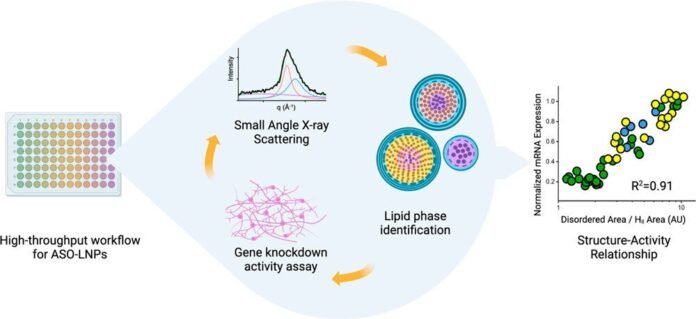In the realm of modern medicine, the advent of nanotechnology has ushered in a new era of innovation and possibility. At the forefront of this revolution are nanoparticles, tiny structures with immense potential to transform the way we approach diagnosis, treatment, and prevention of diseases. Let’s delve into the world of nanoparticles, exploring their definition, applications in medicine, and their groundbreaking role in cancer treatment.
Defining Nanoparticles: What Are They?
Nanoparticles, with dimensions typically ranging from 1 to 100 nanometers, are minuscule structures engineered for specific functions. They can be composed of various materials, including metals, polymers, and lipids. The definition of nanoparticles encompasses their minute size and tailored composition, allowing them to exhibit unique properties that set them apart from bulk materials. These properties make them highly versatile and suitable for a wide range of applications across different fields, including medicine.
Nanoparticles in Medicine: A Game-Changer
The integration of nanoparticles into medicine has opened up new avenues for diagnosis, drug delivery, and therapy. These tiny structures offer several advantages over traditional approaches, including enhanced targeting, improved drug efficacy, and reduced side effects. In the context of cancer treatment, nanoparticles have emerged as a promising tool for combating this devastating disease.
Nanoparticles Used in Medicine: Applications and Benefits
Nanoparticles find extensive use in various medical applications, including imaging, drug delivery, and regenerative medicine. In diagnostic imaging, nanoparticle-based contrast agents enhance the sensitivity and specificity of imaging modalities, allowing for early detection and precise localization of disease markers. Moreover, nanoparticles serve as carriers for therapeutic agents, enabling targeted drug delivery to specific tissues or cells while minimizing systemic toxicity.
Nanoparticles for Cancer Treatment: A Closer Look
In the fight against cancer, nanoparticles for cancer treatment have garnered significant attention for their potential to revolutionize treatment strategies. These tiny structures can be engineered to selectively target cancer cells, delivering therapeutic payloads directly to the site of the tumor. By bypassing biological barriers and overcoming drug resistance mechanisms, nanoparticles for cancer treatment offer a promising approach for improving treatment outcomes and patient survival rates.
Future Directions and Challenges
While the applications of nanoparticles in medicine hold great promise, several challenges and considerations must be addressed. These include optimizing nanoparticle properties for enhanced targeting and biocompatibility, ensuring scalability and reproducibility of manufacturing processes, and addressing concerns regarding potential toxicity and long-term effects.
Conclusion: A New Era in Healthcare
As we stand on the cusp of a new era in healthcare, nanoparticles represent a beacon of hope and innovation. Their unique properties and versatile applications hold the potential to break through barriers and transform the landscape of medicine. With ongoing research and advancements in nanotechnology, the future holds endless possibilities for harnessing the power of nanoparticles for cancer treatment and beyond, ultimately improving human health and well-being.
Read More: Fascinating Sleep Facts: Unlocking the Mysteries of Slumber








